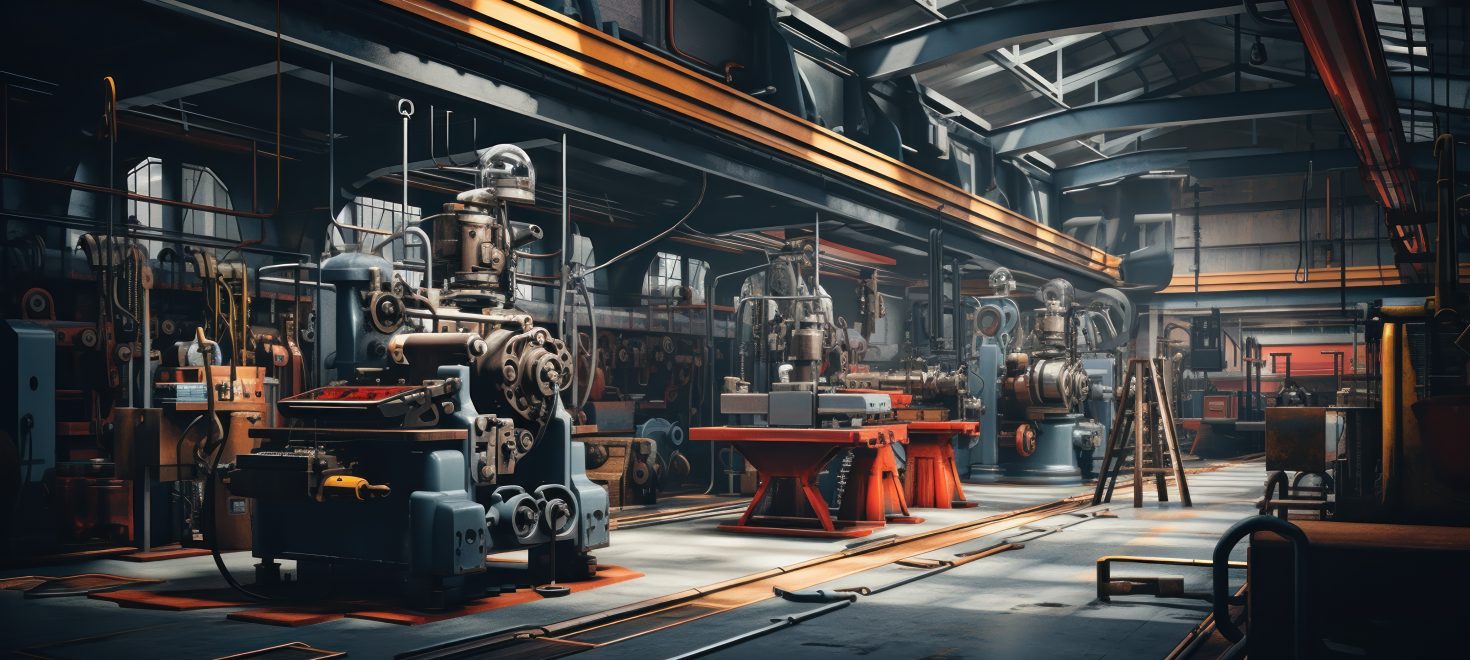Introduction
The Indian manufacturing industry is presently experiencing notable transformations.This is because of several reasons, including changing global trends, government policies, technology improvements and talent requirements. This analysis looks at how talent requirements are changing, how multinational corporations are affecting the industry. It also focuses on how India may lead the industrial world by embracing technology disruptions. When it comes to a nation’s GDP and job prospects, the manufacturing sector is crucial.
Manufacturing is a major factor in export growth. A paradigm shift that has the potential to completely reshape the manufacturing sector trajectory is currently taking place in India. In this article, we will read about the future of manufacturing in India with real life examples of the same with context apparel industry. Explore the centre of this transition, where efficiency and innovation converge, to learn about the future manufacturing landscape of India.
Integrating Digital Advancements
By integrating digital advancements such as automation, robotics, and AI into manufacturing processes, India can significantly enhance productivity and efficiency. Automated production lines can reduce manual labour requirements and improve output consistency, while AI-driven predictive maintenance can minimise downtime and optimise equipment utilisation. For example, Indian apparel manufacturers can invest in automated cutting machines that use digital patterns to precisely cut fabric pieces, increasing accuracy and reducing material waste.
Using Data Power
Using data analytics can provide valuable insights into consumer preferences, market trends, and operational performance, enabling Indian manufacturers to make informed decisions and adapt quickly to changing market demands. For instance, analysing sales data and customer feedback can help identify popular product designs and sizes, allowing manufacturers to adjust production accordingly and avoid overstocking or stock-outs. Additionally, predictive analytics can also help in optimisation of inventory.
Supply Chain Optimisation
Optimising supply chain dynamics can help Indian apparel manufacturers minimise lead times, reduce costs, and enhance reliability. Implementing technologies like blockchain can increase transparency and traceability across the supply chain, enabling better monitoring of raw material sourcing, production processes, and distribution channels. For example, a clothing manufacturer in India can use blockchain to track the origins of cotton used in its garments, ensuring ethical sourcing practices and building trust with consumers concerned about sustainability and social responsibility.
Developing the Workforce
Investing in workforce development initiatives, such as training programs and skills development workshops, can enhance the capabilities of India’s manufacturing workforce and increase overall productivity. By equipping workers with the skills needed to operate advanced manufacturing technologies, Indian manufacturers can improve efficiency and quality while reducing reliance on manual labor. For instance, providing training in digital design software and machine operation can empower workers to create intricate garment designs and operate automated production equipment effectively. Read here to know more about importance of upskilling the workforce.

Promoting Innovation and Sustainability
Promoting innovation in product design, manufacturing processes, and business models can differentiate Indian apparel manufacturers in the global market and drive growth. Collaborating with academic institutions, research organizations, and technology startups can facilitate the development of new materials, technologies, and design concepts. For example, Indian apparel manufacturers can partner with textile research institutes to explore sustainable fabric alternatives or develop innovative garment construction techniques that enhance comfort and durability. Read here about all the SDG goals in target by the United Nations for the development of people across the world.
Conclusion
In conclusion, shifting skill sets, global effects, and bright futures are driving major changes in India’s industrial industry. The sector has room to grow given its contributions to GDP, creation of jobs, and export results. To take advantage of new prospects, India should prioritise technical improvements, design-led techniques, cost-effectiveness, and supply chain efficiency. Innovation is one of the main forces behind the sector’s advancement and is powered by R&D, skill development, design-led production, and semiconductor fabrication. India possesses the capacity to transform into a manufacturing powerhouse and influence the direction of global manufacturing by developing its workforce, adopting cutting-edge technology, and capitalising on its advantages.



Leave a Comment